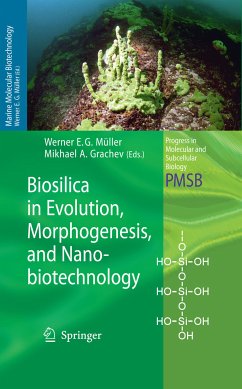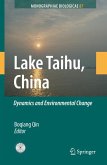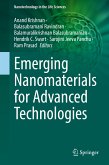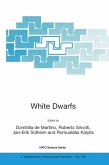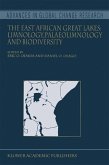Lake Baikal is the oldest, deepest and most voluminous lake on Earth, comprising one fifth of the World's unfrozen fresh water. It hosts the highest number of endemic animals recorded in any freshwater lake. Until recently it remained enigmatic why such a high diversity evolved in the isolated Lake Baikal. Focusing on the sponges (phylum Porifera) as an example, some answers are provided to fundamental questions on evolutionary forces. The characteristic feature of these animals is that they form their polymeric silicic acid skeleton enzymatically. This process is explored using modern molecular biological and cellular biological techniques to outline strategies to fabricate novel materials applicable in biomedicine and nanooptics.
Dieser Download kann aus rechtlichen Gründen nur mit Rechnungsadresse in A, B, BG, CY, CZ, D, DK, EW, E, FIN, F, GR, HR, H, IRL, I, LT, L, LR, M, NL, PL, P, R, S, SLO, SK ausgeliefert werden.

